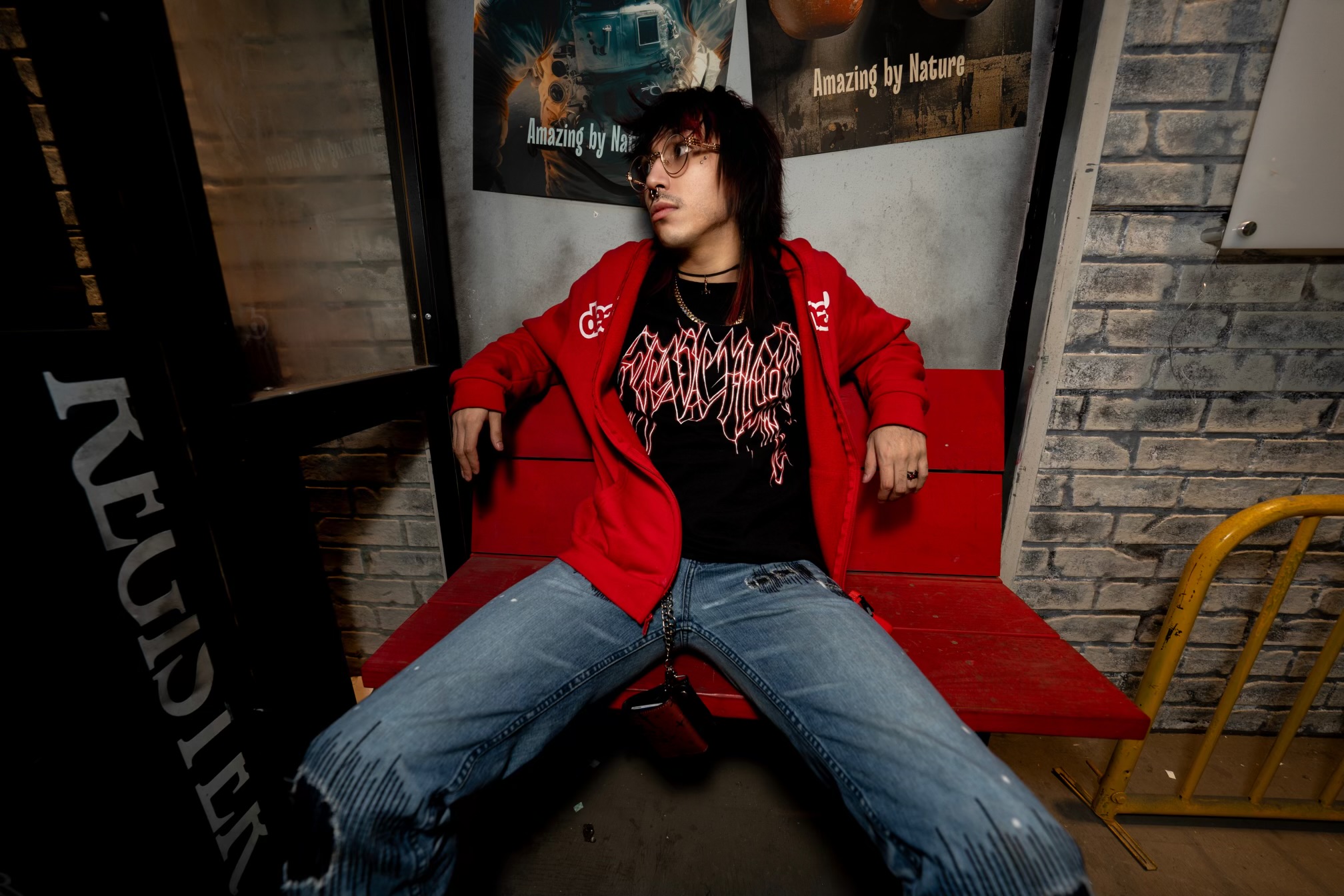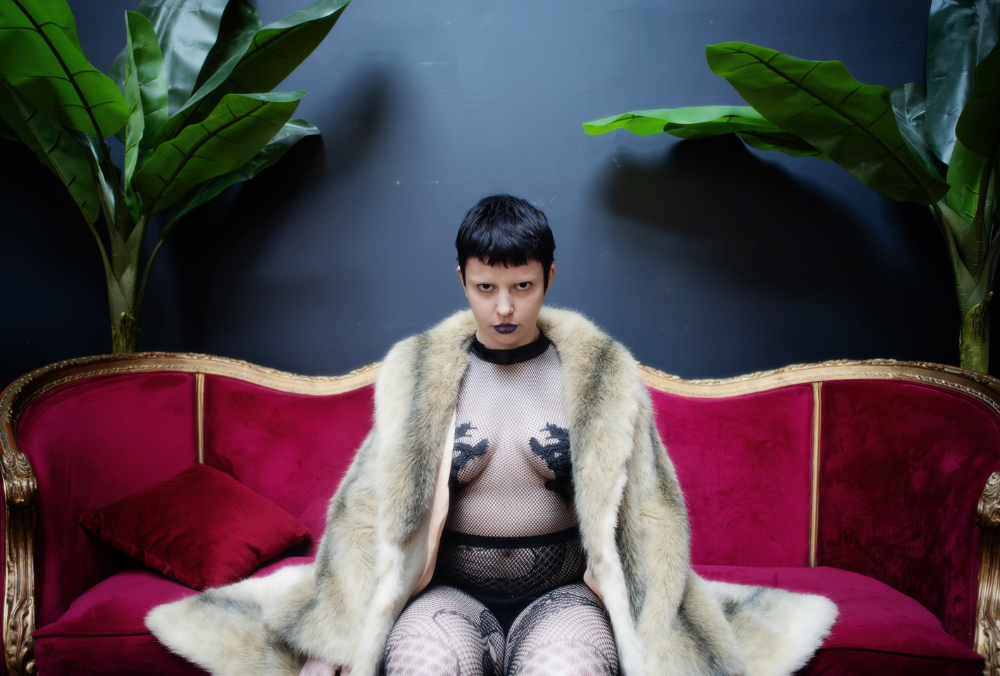Attack on Titan fans have been concerned ever since studio Wit passed the franchise off to MAPPA. Though MAPPA was the only studio able to take on the project, many fans worried over how much the series would change and if MAPPA would be able to produce a satisfactory product with the tight schedule it has.
Now that Season 4 has begun, it's remarkable just how well MAPPA has been able to retain the style and feel of Attack on Titan despite so many staff changes. However, there are some noticeable differences between MAPPA and Wit's production thus far, notably its CG usage, character designs and animation.
Season 4's CGI & Character Designs
The most noticeable change between MAPPA's version of Attack on Titan and Wit's is in its use of CG. Now, it's a little disingenuous to compare MAPPA and Wit's CG since technically neither is really their's. The CGI at MAPPA is done by V-sign, which has worked on past MAPPA series like Inuyashiki and a few episodes of Dorohedoro. Meanwhile, the CGI in Wit is produced by MADBOX which has worked on series like Overlord. Shuhei Yabuta has returned as 3DCGI producer for MAPPA but has mentioned that he will be focused more on directing his own series. So, the team on the final season of Attack on Titan is entirely new. Despite this, they have created the best looking CGI Titans the series has seen.
Animating giant moving beings is an arduous task, so it was to be expected that CGI models would eventually be created to help lessen the strain. The first time we glimpsed a CGI model for the Titans was in Season 2, and it was jarring. The Colossal Titan's awkward proportions as it attacked with its ultra-thin arms were comical and the way it was composited into the show made it feel as if it barely belonged in its environment.
By comparison, V-sign has made the models move far more smoothly and the proportions feel accurate to the manga in Season 4. It's hard to tell from a screenshot if a Titan is meant to be CGI, as the company combines it with the setting seamlessly. V-sign has also made CGI models for use of the ODM gear, which makes sense to do as the designs are far more detailed than before. So far, the only negative for these CGI models is that from afar, they tend to look compressed and out of place, but overall they are a massive step-up from the CGI used in previous seasons.
Aside from CGI, the other major change in Attack on Titan Season 4 under MAPPA is the character designs. Even if the series were to stay at Wit, the designs would change significantly thanks to the time skip. There are some details some may miss from Wit's adaptation, though, namely character designer Kyoji Asano's signature thick character line art and Satoshi Kadowaki's corrections. However, Tomohiro Kishi has done a solid job adapting the new designs even if it seems he was dragged onto this project by force.
There is some concern over the designs being too detailed, which would require a high number of animation directors to keep them from going off-model, but so far we have yet to see any major mishaps. The designs have also kept many elements from Wit's adaptation, too, such as the shading on faces, which fans should be pleased with.
Season 4's Animation
Attack on Titan is most known for its exhilarating fight scenes. Under Wit, a few animators became stand-out champs, like Arifumi Imai and Takuma Ebisu who handled some of the most iconic moments in the series. The Levi cut by Imai near the start of Season 3 is a perfect blend of 3D background elements and 2D character animation that make Levi's movements pop off the screen.
Meanwhile, Takuma Ebisu made the soldier's blades look sharp and stylish. Another aspect of the animation missing from the season is the make-up animation headed by Chie Yamazaki. She brought her crew on from Kabaneri and helped enhance the artwork in many scenes, giving an extra layer of shading otherwise absent from the standard character art. It was possible but unlikely that these powerhouses would return for the current season, but that doesn't mean there aren't other great animators around who can add their own spice to the show.
For example, Episode 2 of Attack on Titan's final season gave us a taste of something unexpected: rotoscope animation. The Attack on Titan series has always had outstanding animation during fight scenes, but typically, moments aside from those would be shot-reverse-shot scenes. This method adapted the manga panels well but lacked significant character animation during its downtime. And so arrives Daisuke Tokudo, an episode director on the first season who has returned with something quite ambitious this time around.
The entirety of Episode 2 of Season 4 is just talking but Tokudo makes these scenes engaging with the rotoscope animation used throughout the episode. Though Udo's movements are a little awkward and could use some polish, it's impressive and surprising the series would go down this route for an episode so low-key. Gabi's scene around the dinner table executes this rotoscope animation the best, with her excited movements translating smoothly.
Another aspect the new season is excelling at is effects animation. Satoshi Sakai and Taichi Furumata's work on animating and supervising the explosions is already superb. Both are highly talented creators, too, Sakai having worked previously on the Attack on Titan series and Furumata having key animated on Ghibli's From up on Poppy Hill. Its fitting effects animation would be what this season is amazing at, considering just how 'explosive' the OP is.
Why the 'Doom and Gloom' Attitude May Still Persist In Attack on Titan Fandom
Despite the efforts of MAPPA staff to produce a well-made product, negative attitudes over the final season of Attack on Titan still persist. There is concern over the number of series MAPPA has been taking on lately, with some worried MAPPA may go down the same route studio Madhouse did ever since Masao Maruyama left to form studio M2.
Attack on Titan also has a history of being a difficult show to create. Sakugablog's coverage of Season 2 details the absurd number of animation directors, key animators, and clean-up artists needed to keep just a regular episode of the series from falling apart. Meanwhile, in an interview translated by ANN, Attack on Titan's producers mention how the tight schedule for the series was a major factor in picking MAPPA. Other studios wanted to take the project on but couldn't because of the deadline. Without MAPPA taking Attack on Titan, it's possible a Season 4 may not have happened this soon.
MAPPA has some big shoes to fill. Wit spent years crafting the look and feel of Attack on Titan, and it's understandable why some would be concerned about whether or not the studio could live up to what Wit created. Fortunately, Season 4 delivers. In fact, it even excels in some aspects compared to Wit's adaptation. Attack on Titan fans should rest easy knowing for sure now that the finale is in safe hands.
About The Author
